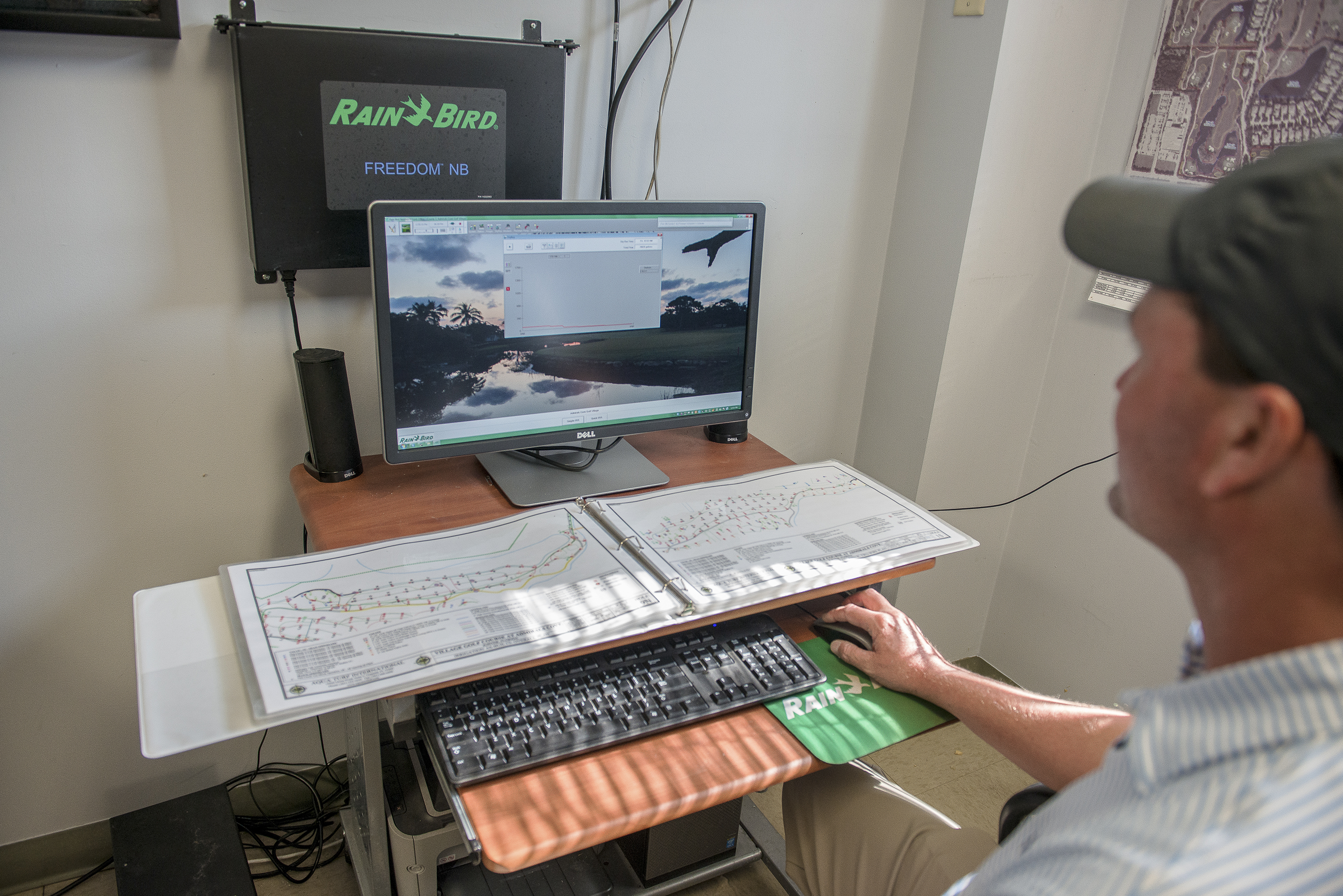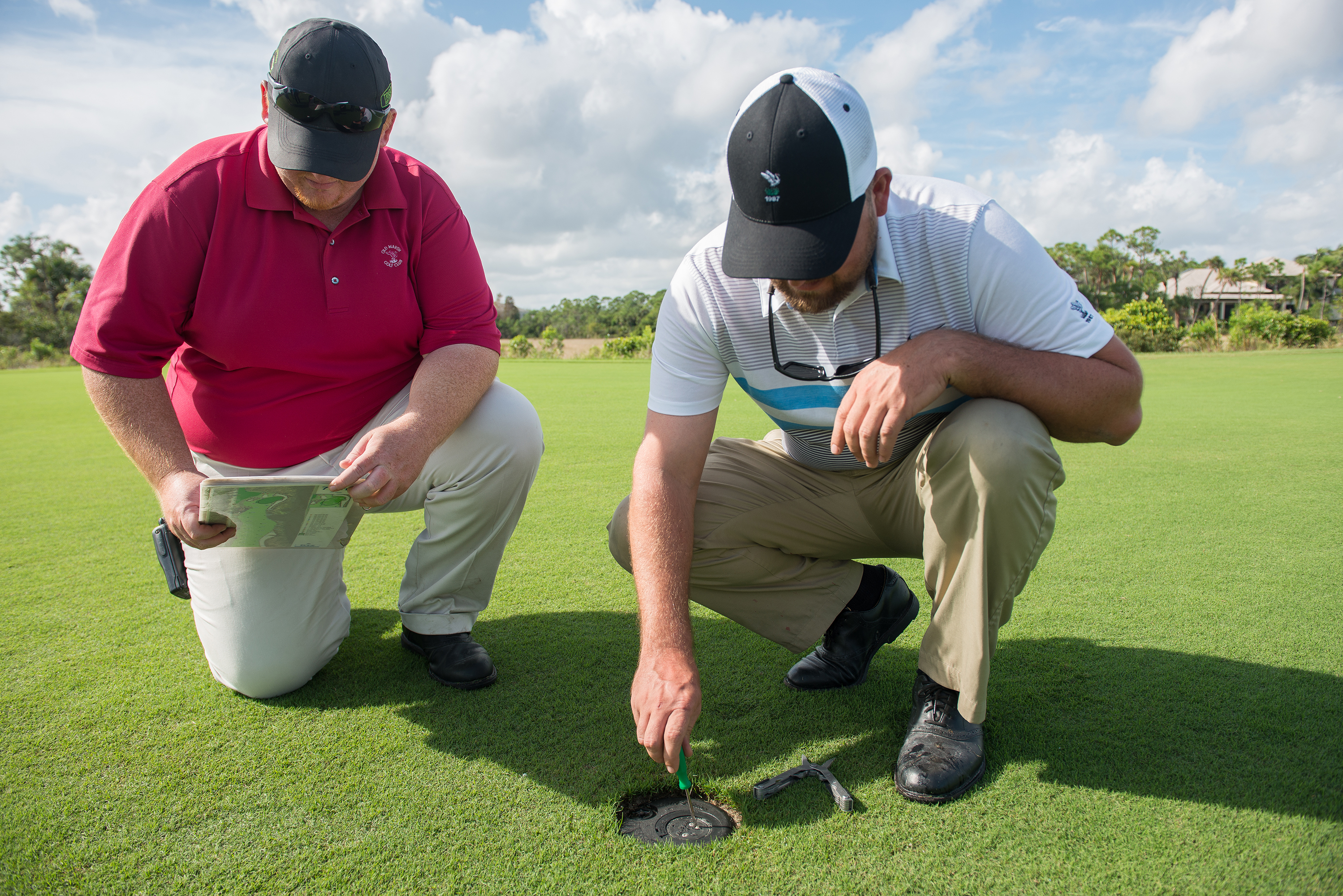

The latest irrigation technologies have brought greater levels of control over all aspects of irrigation management. They are your caretaker and your watchdog, helping you optimize plant health, playing conditions, conserve water and energy, and manage costs. Managed correctly, they provide all the information needed to ensure all areas of your course receive only the volume of water they need.
Over-applying water isn’t just wasteful; it results in a shallow root system, producing a stressed grass plant that becomes more susceptible to disease and insect damage. It also encourages weeds, including Poa annua, to proliferate. Overwatering also diminishes the investment you’ve made in fertilizers and plant protection products. Granular applications can be washed from areas of the ground resulting in an uneven effect on the turf, while liquid applications can be washed through the rootzone before they can be effective.
Five ways you can improve irrigation on your golf course:
#1 CONDUCT AN IRRIGATION AUDIT
Even small environmental or mechanical changes can result in water being applied ineffectively. Are there areas of your course where you are regularly hand watering? Conduct a before-and-after audit to ensure the pressure is correct for the set spacing. This will provide data that demonstrates the importance of regular maintenance and consistent monitoring in order to deliver optimum results from your system.
#2 ENSURE THE ROTOR SETTINGS ARE CORRECT
Incorrectly set rotors can result in loss of performance of up to 60%. Check the head levels with a spirit level. Each sprinkler should be flush and grade level when retracted to ensure the most efficient delivery of water once activated. Ground moves over time resulting in errant spray patterns and streams being obstructed. Rotor position can also be damaged or get knocked off of alignment by machinery, affecting the height, level and performance.

#3 BE PROACTIVE WITH YOUR MAINTENANCE
Having a pump house and sprinkler maintenance schedule provides a planned approach that can help identify issues before they result in costly breakdowns, repairs and replacement. Maintenance is just not fixing a broken rotor, but ensuring that rotors perform the way they should even if there is no sign of decay on the turf.
#4 CREATE MANAGEMENT ZONES AND UNDERSTAND THEIR NEEDS
Set up site-specific management zones for your course for different microclimates, turfgrass and soil types, to ensure evapotranspiration data is managed efficiently. Use accurate soil moisture sensors to monitor moisture levels, enabling you to irrigate to target volumetric water content in each zone.

#5 PROPER SPACING AND PATTERN IS CRITICAL
In order to get the best uniformity results, the correct pattern and spacing must be determined during the design stage. At install, it is critical to respect and follow these as much as possible. Too often the sprinklers are installed using inconsistent spacing, often causing very poor uniformity results.
Many irrigation systems have a wealth of features and are often underutilized. Ask your Distributor and look out for training events and seminars in your area and at trade shows which focus on improving irrigation system efficiency. When your software’s working as hard as you do, it becomes a really valuable member of your team.
For more information on how you can improve irrigation on your golf course, visit: http://25ways.rainbird.com/

